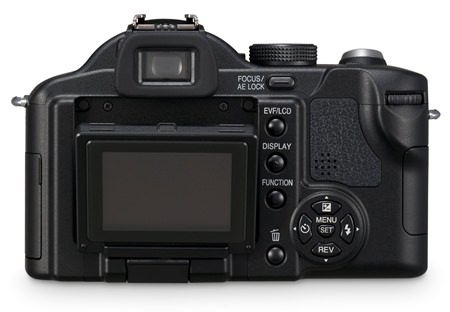
I have taken photographs for many years, and finally “graduated” from film Nikons and medium format Hasselblads to today’s digital. This momentous change in direction was about eight years ago, and although I miss the darkroom, the “instant” gratification seems to suit everyone, including me.
I had done the conversion rather slowly, initially scanning my photos and storing the electronic form of the photo image in the computer, to be manipulated further if needed. This rather long-winded procedure meant that I was converting a negative into a positive print, then scanning into a digital image. Two steps, each capable of losing definition.
I then began having my negatives turned into CDs, rather than printing the images and scanning them. This way I could import the images in digital form directly into my computer via ACDsee and then do the final crop, fix lop-sided horizons, etc., through Adobe Photoshop.
Undoubtedly there will be those folk who are very computer savvy who would say I should have used this or that software, but I am not a computer geek, I am purely someone who uses a computer. My editors need images at 300 dpi (stands for dots per inch, they tell me) and that is what I supply.
Of course, by still using my film Nikon to capture the images, I was left in the situation whereby I did not know definitely that I had a usable image until the film was developed. I was also at the mercy of the boy who changed the photochemicals in the autoprocessor. Crispness in the final image could easily be compromised at that stage.
So I finally entered the digital era, choosing a camera with electronics from an electronics manufacturer and the lens from a lens manufacturer. This has, I believe, given me the best of both worlds. If you are going the electro-trickery route, use a manufacturer who knows and understands all the subtleties of LCDs and pixels and all of that stuff which I don’t really want to know, but why then get that manufacturer to make optical glass lenses? Surely a recognized lens manufacturer would be better? The end result was my purchasing a camera made by Panasonic with a lens from Leica. Both of these firms being accepted as in the top of their respective leagues.
Having used the camera for a few years now, I feel I am in a better position to look critically at its performance. Whilst it has several buttons on the body of the camera and one master dial, it still needs much fiddling around in its menu system. Granted, the five drop-down menus seem to cover everything a photographer might want, but I still find it fiddly, pushing buttons to go from one menu screen to another, just to change some aspect.
Having said that, after an afternoon of button pushing and scrolling down the various menus, I now have a camera that automatically takes a bracket of three images, and I dictated the half a stop difference either side of the selected exposure setting. I also set the viewfinder up with a grid system, giving me the intersection of thirds as well as indicating verticals and horizons. All good clever photographic settings, but ones that could have been done with rotary dials. I also worry that one day I might lose the Operating Instructions manual, all 135 pages of it, and be forced to push buttons aimlessly forever, while hoping I stumble across the settings I want!
Now the experienced digital user will probably say that all I have to do is practice a little more, so that the menu selection becomes easy. Perhaps so, but I am still struggling with the remote on the TV, such is the level of digital technology skills possessed by this writer.
However, despite all that, I am loving the ‘instant’ gratification with the ability to instantly review the picture just taken, and the ability to delete images within the camera, and the sheer range of functions makes the Panasonic Lumix FZ50 the digital camera for me.
Of course this is now superseded, but I am happy, as are my editors. I see no need to upgrade.
 |
 |
 |





